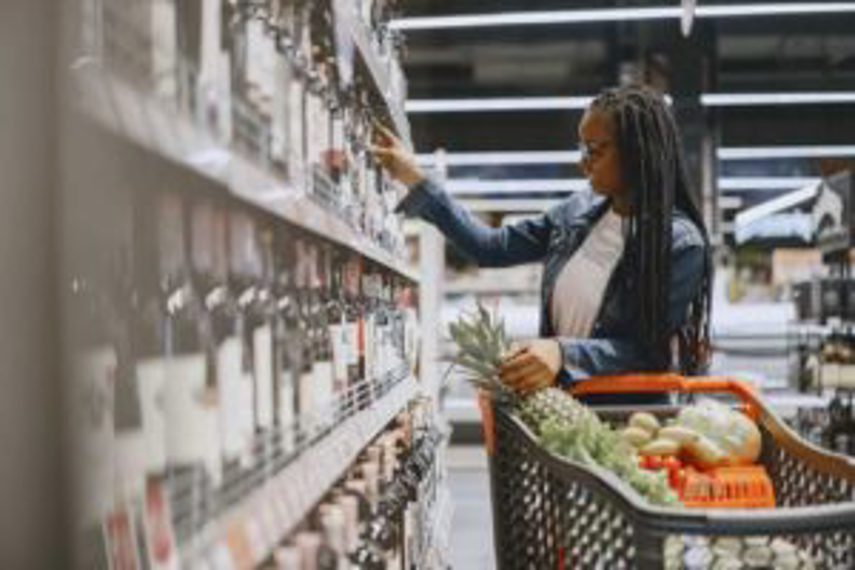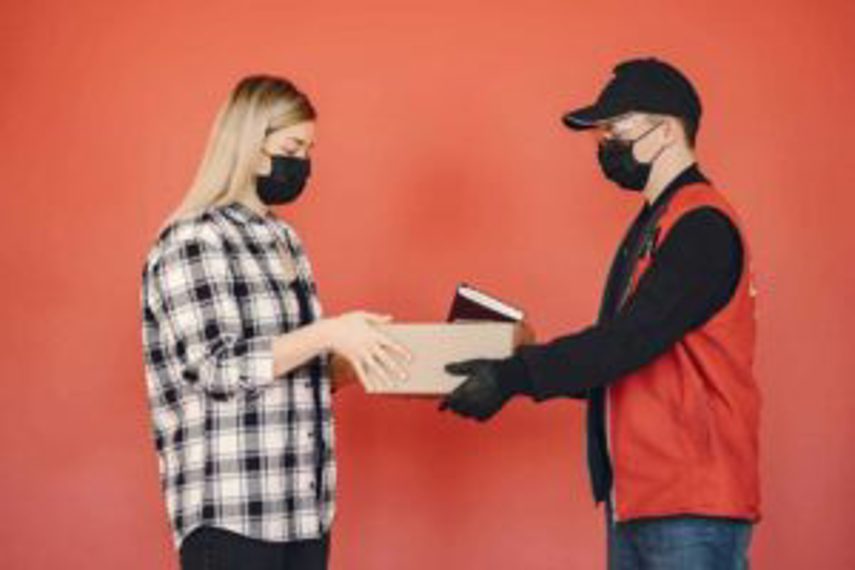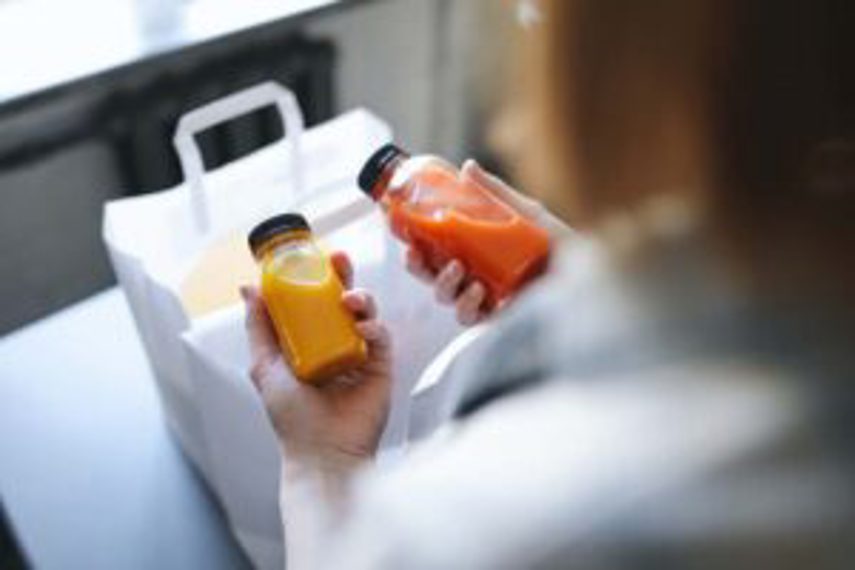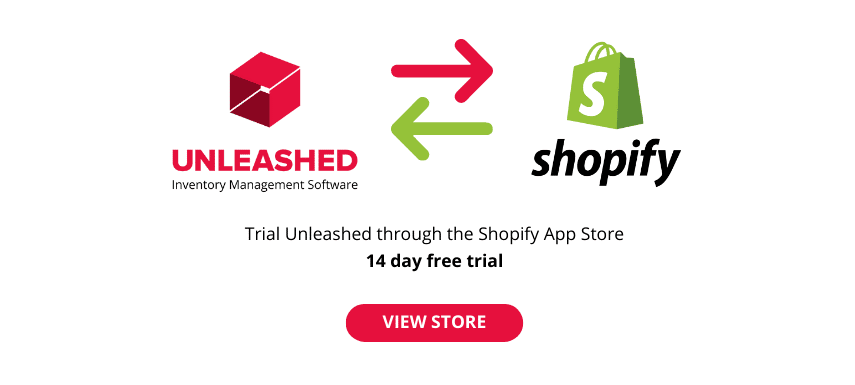
On-demand delivery is booming, and at the centre of this so-called quick commerce is the dark store – the customer-free store where online orders are packed for fulfilment in as short a time as possible.
If you think it's just a trend for huge grocery companies, think again: retailers like Nordstrom have leapt aboard, and delivery start-ups have raised billions in funding in recent years.
Here we look at how dark stores operate, how they're profitable and why they're on the rise – along with four examples to showcase dark stores in action.
What is a dark store?
The rise in eCommerce and a decline of in-store purchasing predated Covid, but the pandemic occasioned a surge in eCommerce growth that now has many businesses re-evaluating their use of retail space.
Dark stores do use physical outlets, but these spaces are eCommerce warehouses, distribution centres or micro-fulfilment hubs. Dark stores get their name from being dark – that is, closed to the public, since they are only used to fulfil online orders.
More common in the grocery and whole food sectors, dark stores are becoming increasingly prevalent in fashion, big box retail and the homeware & furniture industries.
These customer-free, highly automated stores combine the strengths of online shopping with the convenience of a physical store to provide an optimal customer experience. All a customer needs to do is place an order online and have it delivered directly to their door, or pick it up from a collection point.
 Dark stores facilitate extra-fast delivery - which has become particularly popular in the grocery sector since the outbreak of Covid-19
Dark stores facilitate extra-fast delivery - which has become particularly popular in the grocery sector since the outbreak of Covid-19
How do dark stores work?
A basic requirement of a dark store is that it's located close to the customer base to help businesses deliver rapid, on-demand order fulfilment and enable retailers to seamlessly satisfy eCommerce consumer demand. Dark stores operate around the clock to fulfil online demand.
Digitisation and automation are fundamental to the success of dark stores – however, companies looking to implement the dark store concept do not need to invest large sums of capital into full automation and AI technology. The fundamental operations of any dark store can be undertaken with a robust inventory software system, an efficient team of pickers and a store layout optimised for rapid picking.
The floor plan and layout of a traditional retail or grocery store is strategically designed to direct the flow of customers. Encouraging longer time in-store, tempting customers with end of aisle displays and POS impulse buys. Lighting, music, merchandise displays, and even carefully planned aisle space are all features used to enhance the in-store shopping experience.
A dark store differs to a retail outlet because it is set up solely for functionality and rapid order fulfilment. Basic warehouse racking is used to store inventory stock, which is strategically positioned for ease and speed of picking.
Dark store order processing is much like the steps taken for warehouse order fulfilment, however on a smaller scale:
- Online orders are received and processed
- Orders are electronically sent to the shop floor
- Employees pick orders displayed on a digital screen attached to their shopping trolley
- Multiple orders can often be collected simultaneously
- Orders are packed and shipped
In other words, dark store does not have any of the frills you would find in a traditional, customer-centric retail outlet.
Need to manage eCommerce inventory?
Discover real-time inventory control for your eCommerce business here. Learn moreHow to ensure a dark store is profitable
Start with existing demand. Map out current online order demand currently being fulfilled by existing stores. Highlight areas where there is enough demand to shift out of existing stores before considering opening a dark store.
While some larger organisations are converting existing space into dark store distribution centres, this may not be a viable option for smaller SMEs. Seek out locations in nearby industrial locations that offer lower rents and offer better access for delivery vehicles and easy dispatch.
Selecting the right product categories and the best location are key considerations to ensure the profitability of your dark store. Location should be based on local demand patterns because this is critical to ensure fast order fulfilment and delivery.
Keep the fit-out simple and easy to navigate. Implementing an effective inventory management system is vital to monitor real-time inventory stock and manage inventory replenishment to avoid stock-outs.
Why are dark stores on the rise?
Covid-19 intensified the trajectory of eCommerce with a dramatic surge in online shopping, contactless transactions, and on-demand deliveries.
Covid also highlighted vulnerabilities in the long – and often complicated – global supply chains of many organisations. The closure of a single company or even the smallest disruption could filter along the supply chain to affect delivery times. Shutdowns and shipping disruptions could suspend production on the other side of the world, leading to supply shortages.
As retailers are increasingly more reluctant to accept the risk of supply chain disruptions in the face of increasing pressure for on-demand delivery, dark stores are a way to help them succeed in qCommerce, or the ‘quick commerce’ era.
 Location is key to a dark store's success, since this has an impact on how quickly orders can be fulfilled
Location is key to a dark store's success, since this has an impact on how quickly orders can be fulfilled
Why use a dark store?
Dark stores and micro-fulfilment centres are on course to become a retailer’s core strategy for solving supply chain vulnerability. Five of the many benefits offered by using dark stores include:
Dark stores enable fast and contact-free shopping
Covid-driven social distancing and safety measures have necessitated contact-free shopping. Dark stores enable consumers to purchase from retailers without having to enter the store. After placing an order online they can either pick it up or have it shipped.
Distribution and delivery are more efficient with dark stores
Transforming physical stores into dark stores expedites order fulfilment. By physically locating products closer to a specific market and including a variety of distribution options, last-mile delivery is quicker and more efficient.
Dark stores have more products and a larger audience
The layout of customer-free dark stores can be optimised for rapid picking, and improved storage capacity allows for a more extensive range of products. Meanwhile round-the-clock online accessibility facilitates broader reach, and potentially a much bigger audience.
Dark stores improve SKU management
Grocery stores particularly benefit from the dark store concept, focusing on storage and click-and-collect capabilities to significantly improve SKU management.
Inventory control is enhanced with dark stores
Dark stores can enhance inventory control, and companies can achieve larger order volumes in these customer-free zones. A single dark store can maintain the retail fulfilment of several other stores in the same geographical location.
 Dark stores are ideal for contactless shopping - which has been booming since the Covid outbreak - either through pick-up or home delivery
Dark stores are ideal for contactless shopping - which has been booming since the Covid outbreak - either through pick-up or home delivery
Four dark store case studies
Tesco: the original dark store
The term ‘dark store’ first appeared in 2009 when the UK’s largest supermarket chain Tesco opened their first customer-free supermarkets in Croydon, Surrey, and Kent. At that time Tesco was dispatching around 475,000 online orders per week from their 4,000 existing retail supermarkets.
With the supermarket struggling to cope with high demand from online orders and in-store shoppers having to contend with pickers and personal shoppers, Tesco needed to move their online picking out of its existing stores.
Tesco saw the dark store concept as a more efficient way to deal with the growth in online sales and projected opening one dark store per year. By 2013, Tesco was responsible for over 45% of online deliveries in the UK, had several dark stores and had opened six ‘dotcom’ centres in and around London.
How do Tesco’s dark stores work?
These highly automated dotcom centres are more efficient, provide a better service and a greater range of products. At their Enfield store 20,000 picking trays zip around the warehouse on conveyor belts, stopping at ‘goods to person’ picking stations where staff select products from the shelf and place them into the trays. Unlike other stores, aisles are laid out by picking location, not by category.
Each location has a mix of fast, medium, and slow-moving products, and easy-access phone apps are responsible for 35% of additions to baskets. Frozen is the only food category in the dotcom stores that uses picking trolleys. Once orders are complete, the trays are stored in a high-density storage unit in the centre of the warehouse before being loaded into delivery vans and dispatched to customers throughout the day.
Tesco recently launched Whoosh, a speedy home delivery service that offers store-to-door deliveries within 60 minutes. A third-party delivery partner transports orders by bike, so some weight and size restrictions apply to the service. Orders can be tracked via the Tesco mobile phone app.
In early 2020, Tesco announced they were set to open 25 urban fulfilment centres over the following three years. As competition in the fast last-mile delivery escalates, Tesco is joining forces with 10-minute delivery service Gorillas to offer 2000 items that will be delivered from mini warehouses utilising available space within existing supermarkets.
 Tesco has seen a huge growth in online sales since it opened its first dark stores in 2009, and its dark store operations continue to evolve
Tesco has seen a huge growth in online sales since it opened its first dark stores in 2009, and its dark store operations continue to evolve
Nordstrom: click and collect convenience
Nordstrom is a high-end department store that had 116 retail locations in the US prior to the Covid-19 outbreak. The company was an early adopter of eCommerce, and in 2017 they launched Nordstrom Local, a service hub of convenient, central locations in big cities and dense suburban locations.
These miniature local hubs are smaller than their traditional department stores and don’t sell anything directly. They offer customers a place to make pickups and returns and to take advantage of Nordstrom's express clothing alterations.
In May 2020 after assessing its hit from the Covid pandemic, Nordstrom announced it would be permanently closing 16 of its department stores. Then in October of 2020 the company expanded its pickup services for online orders for NordstromRack.com, Nordstrom.com, and HauteLook.com
Why is Nordstrom shifting to the dark store model?
Nordstrom’s market strategy is to provide customers with a greater selection of merchandise and quicker deliveries while increasing convenience through their service offerings.
BOPIS (buy online, pick up in-store) appeals to shoppers wanting to collect purchases without having to wait in checkout lines. Customers can collect purchases at stores’ collection points, which can be quicker than delivery and means they don’t have to be at home when products arrive.
While the Nordstrom focus is mainly on the convenience of click and collect, customers can have products delivered via FedEx, and for international shoppers they offer deliveries via Borderfree, a global e-commerce provider. Borderfree allows customers to shop in their local currency and takes advantage of its speedy, reliable shipping network.
 Nordstrom is an example of a non-grocery business that has turned to the dark store model
Nordstrom is an example of a non-grocery business that has turned to the dark store model
Bolt: from ride-share to food delivery and dark stores
Bolt started out as a ride-share and micro-mobility company under the name Taxify in 2013. The Estonian-based company started with the goal of making urban travel more affordable and more sustainable. Recently the company introduced ‘women only ride’ to connect women passengers with female drivers to improve women’s mobility and address safety concerns.
In late 2019 the company launched Bolt food, moving into the already highly competitive European food delivery market. Bolt’s entry into the dark store business is part of a broader strategy – with dark store operations starting in Estonia before moving into other countries where they have an existing food delivery presence.
What does the future look like for Bolt food delivery?
In a recent fresh round of funding Bolt has raised €600 million to support its expansion into the skyrocketing online grocery delivery industry. This investment brings Bolt’s value to about $4.75 billion. With the leading food delivery businesses competing on 15-minute delivery times, growing its dark store network will help to target and deliver the 15-minute delivery goal for last-mile deliveries.
But massive investment doesn’t guarantee success – many food delivery companies still struggle with profitability even after large investment boosts. But by investing in more dark stores, Bolt is better placed to maintain control over logistics and product quality as they take on the market leaders.
 Startups like Bolt and Gorillas have raised billions of dollars in funding in recent years - which is in line with predictions that on-demand delivery will continue to grow in future
Startups like Bolt and Gorillas have raised billions of dollars in funding in recent years - which is in line with predictions that on-demand delivery will continue to grow in future
Gorillas: from order to door in 10 minutes
Gorillas is a German delivery company that launched in 2020 with the objective of supplying products to consumers within 10 minutes of them placing their order. The company earns revenue from product sales and delivery fees.
Gorillas currently operates out of hyper-local fulfilment centres or dark stores in several cities in Europe and the UK. It has a total of more than 40 micro-fulfilment centres that carry limited selections across a variety of products and deliver only to specific areas.
Gorillas has become one of the fastest food delivery techs to surpass a $1 billion valuation. One of their key investors was Delivery Hero, a leading company in online food delivery in Europe.
What employment model does Gorillas use?
As a point of difference, Gorillas’ delivery drivers are employed directly by the company as a counter to the gig economy. But they have recently been subject to a series of protests and strikes by workers claiming that Gorillas are breaching contracts, not paying staff accurately and equally, and failing to provide safe equipment.
While the company argues that the strikes are illegal and has terminated the contracts of those found to be involved in industrial action, they have also been accused of violating German labour laws that require workers to have a break between 11-hour shifts. And they have also filled many of the positions left vacant by the sacked employees with gig workers.
Food delivery is set to become a $200 billion industry within the next few years, and competition is growing in correlation to the sector’s expansion. User-friendly apps, range of offerings and tech-enabled driver networks are all key to long-term sustainability. The Gorillas example shows how potential regulations to protect workers and how those workers are treated will also figure into the mix.

